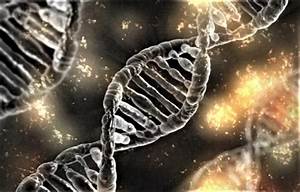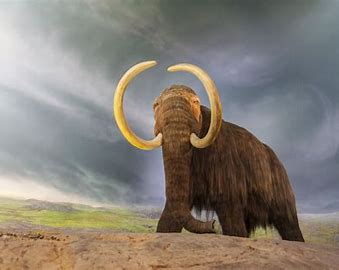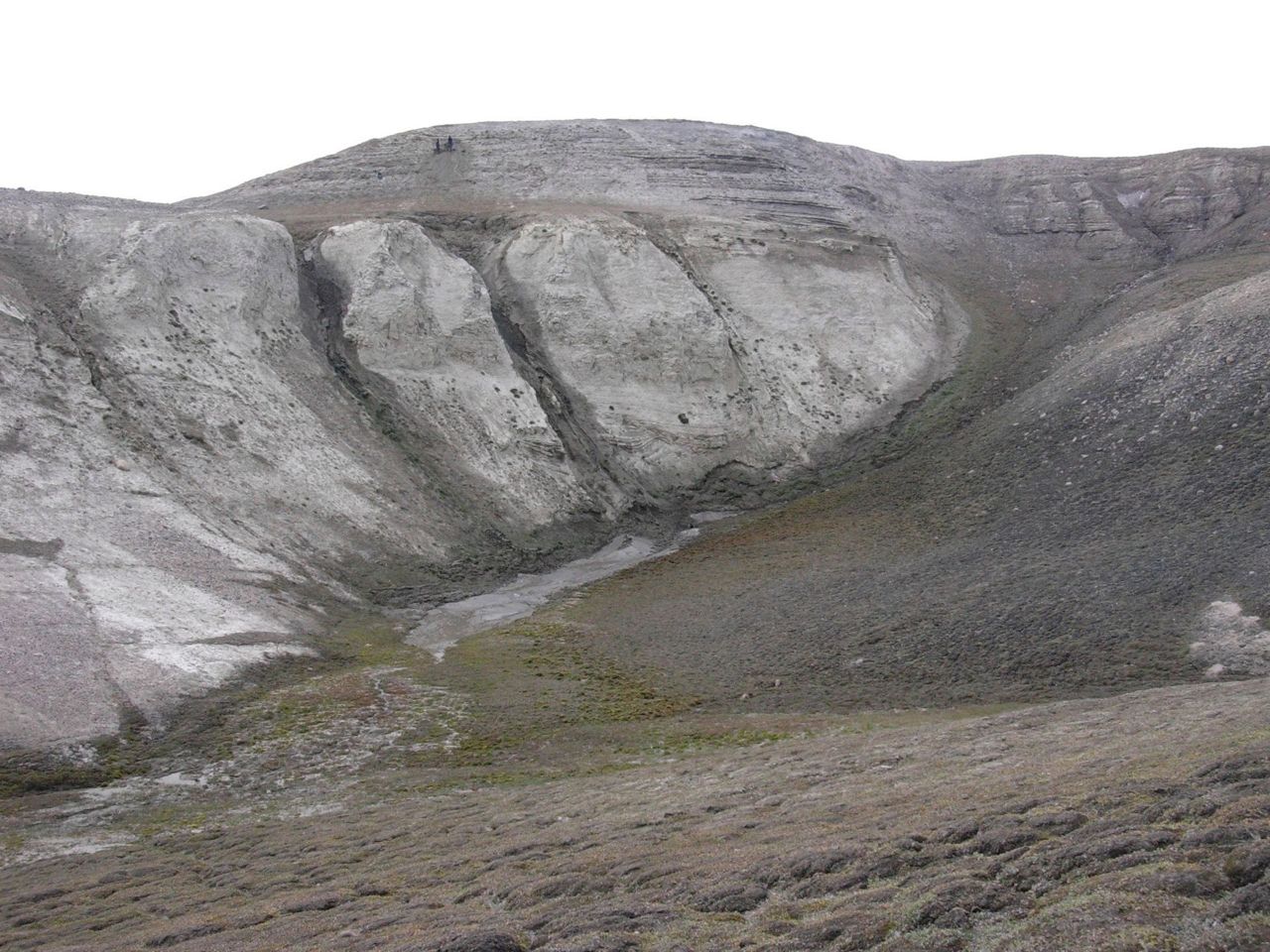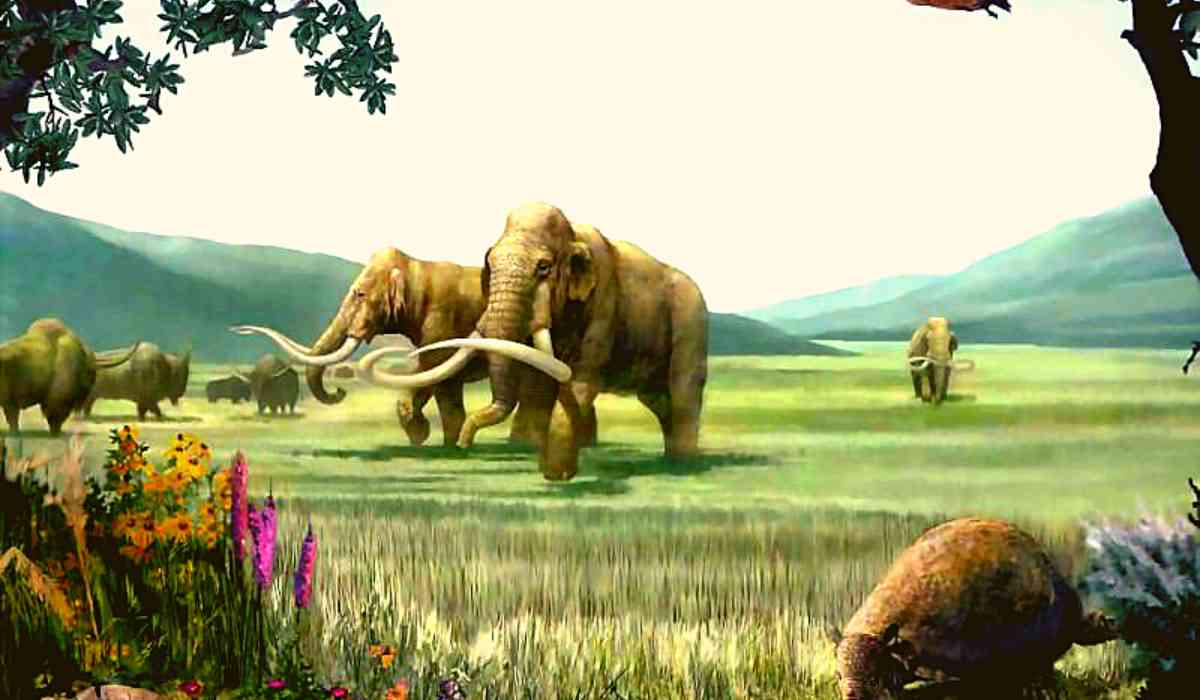The oldest known DNA found in Greenland reveals how life was 2 million years ago.
The oldest DNA discovered by scientists has been used to reveal life before 2 million years ago in the northern tip of Greenland. which is now a barren arctic desert. Previously, it had a lush landscape of trees and vegetation with a wide range of animals, including mastodons.
Mastodons are mammals belonging to the order Proboscidea, which was found primarily in Northern and Central America.
A geologist and glacier expert from the University of Copenhagen, Kurt Kjear, the lead author, stated, "The study opens the door into the past that has basically been lost."
with animal fossils that are hard to find. The researchers have extracted the environmental DNA, which is also known as eDNA, from the soil samples.
Soil samples containing genetic material typically come from organisms that shed their genetic material into their surroundings. It could be hair, waste, spit, or decomposed matter.

Basically, studying old DNA can be a difficult task as it tends to break down over time. Leaving behind only tiny fragments of DNA for scientists' study
However, it has become easier nowadays with the latest technology helping researchers get the genetic information from a small, damaged bit of DNA. As explained by a geneticist at the University of Cambridge, the senior author, Eske Willerslev, In their study, which was published in the journal Nature,
In their study, they were looking for a match by comparing the DNA to the DNA of different species.
The sample was found in a sedimentary deposit known as the Kap Kebenhavn formation in Peary Land, now a polar desert, said Kjaer.
Willerslev said that a million years ago, this region was undergoing drastic climatic changes that sent temperatures up.
These sediments are likely to have accumulated in this region for thousands of years before cooling and burying the findings in permafrost.
These delicate DNA fragments were preserved in the cold environment until 2006, when scientists started drilling the samples out.
2 million years ago, this region was warm. with the average temperature between 11 and 19 degrees Celsius. which is much higher than today's normal temperature. Making the region home to unusual varieties of plants and animals, the scientist reported

The DNA fragment also suggested the existence of a mix of arctic plants, which usually prefer warm climates (for example, fir and cedar).
Even the traces of animals like geese, hares, reindeer, and lemmings were shown by the DNA. Previously, the only evidence of animal life in the area was the remains of a dung beetle and some hares, according to Willerslev.
Kjear said one of the biggest surprises was finding the DNA of mastodons, a species that is extinct now but used to look like a mix between elephants and mammoths.

Willerslev said many fossils of mastodons have been found previously in a temperate forest in Northern America. which is like the ocean away from Greenland, even more far from the south.
Researcher in evolutionary genomics at Stockholm University, Love Dalen, said, "I could not have in a million years expected to find the mastodons in Northern Greenland."
Dozens of species were extracted from just a few fragments of samples, highlighting some of the benefits of eDNA.said Benjamin Vernot, an ancient DNA researcher at the Max Planck Institute for Evolutionary Anthropology.

An eDNA expert at the German University of Konstanz, Laura Epp, said based on the available data, it is hard to say if the animals really lived side by side or if it is just a mix of DNA from different parts of the landscape.
Laura Epp, Love Dalen, and Benjamin Vernot were not involved in the study.
This oldest DNA will help us understand life before 200 million years.
AP is reference for the content of this article.
























